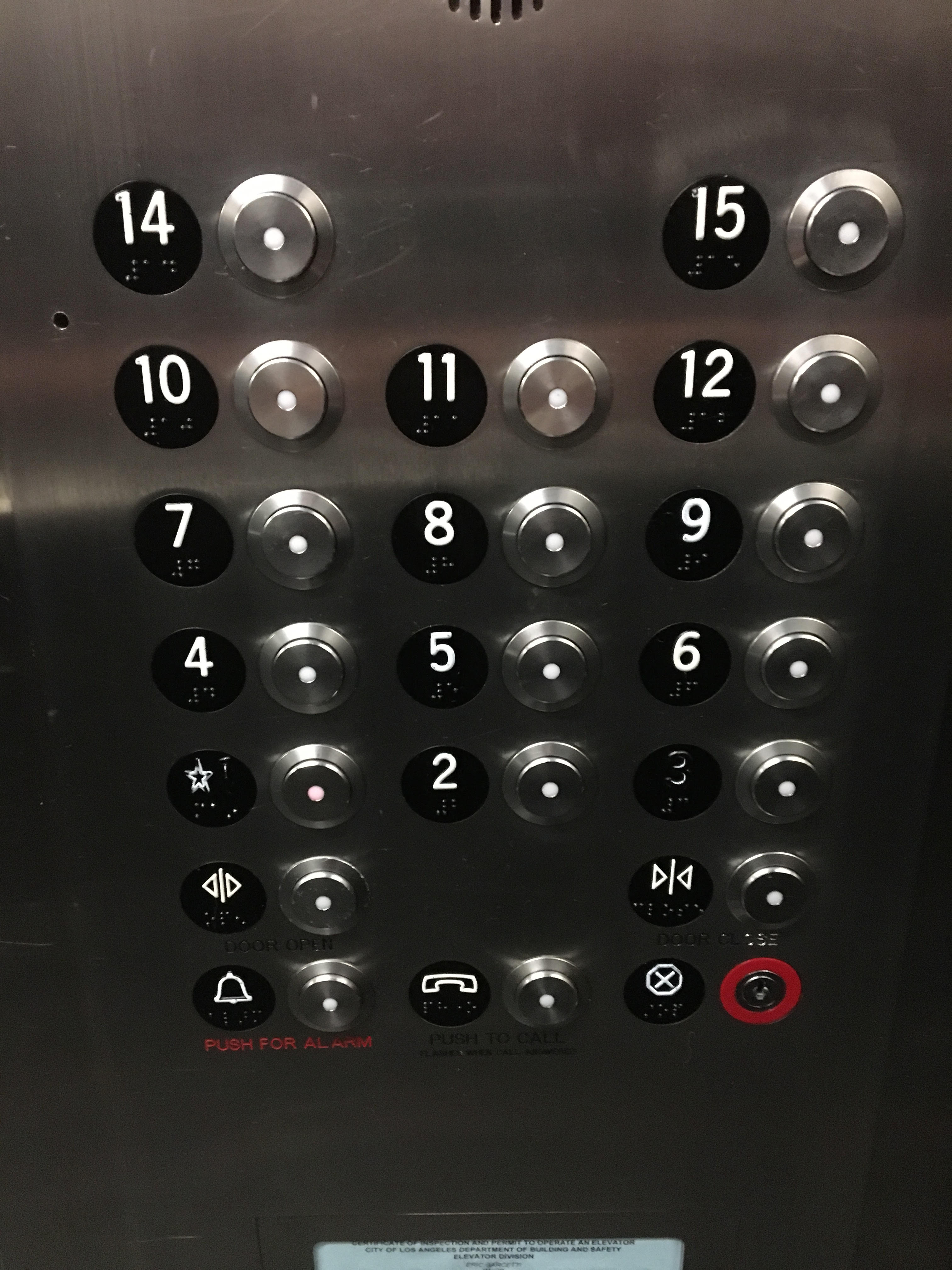Transcription: “A bigger holiday we celebrate is Three Kings Day on January 6. On Three Kings day, we buy a special type of bread. There’s, like, dried strawberry jelly. We invite a lot of people over and split the bread into pieces. Each person takes a slice of bread and whoever finds a toy baby Jesus baked into their slice of bread has to make a meal, usually tamales before el dia de la candelaria (Feb 2), which is also a religious day.”
Interestingly, my informant’s lack of traditions on Día de los Muertos caused her to draw a connection between the traditions of Día de los Muertos and Three Kings Day. When my informant mentioned bread in Dia de los Muertos, she ended up telling me about bread on Three Kings Day. Three Kings Day takes place on January 6, which is called Epiphany in Christian religions. Epiphany refers to the day on which three kings visited the baby Jesus in the manger. Just as the three kings brought gifts to Jesus, those celebrating Epiphany are expected to exchange gifts.
In addition to gifts, families gather on Three Kings Day, the family gathers to share a circle shaped bread. A toy baby Jesus is baked into a random section of the bread as a sort of hidden surprise, and the bread is topped with a strawberry jelly. Each member of the party is cut a slice of the bread and whoever finds the toy baby Jesus baked into their piece has to make a meal by the next religious holiday. In my informant’s family, the meal is usually tamales. Since tamales are a traditional meal in Mexican culture, especially around Christmas time, it is not surprising that they would be associated with Three Kings Day.
Tamales require a substantial time commitment due to the amount of time it takes to prepare and cook them. Therefore, the baby Jesus toy becomes a game. If the rules of the game are followed, the loser must dedicate time to cooking the tamales. The baby Jesus in the bread becomes an elaborate variation of drawing of straws that nominates one member of the family to cook tamales.


